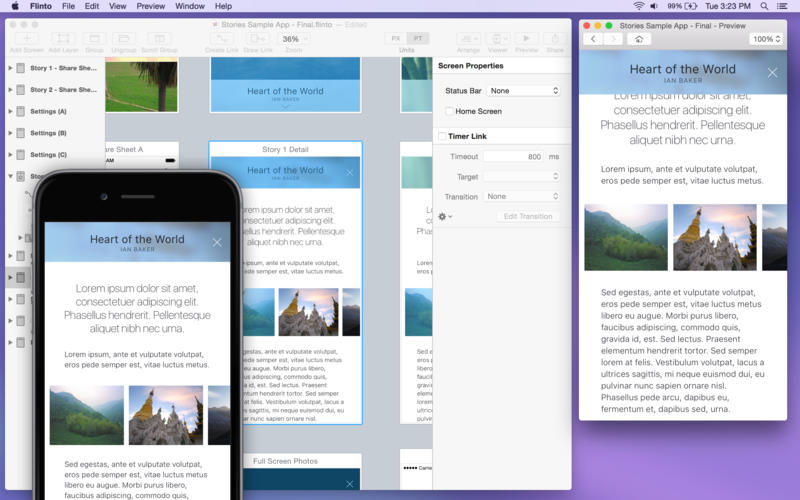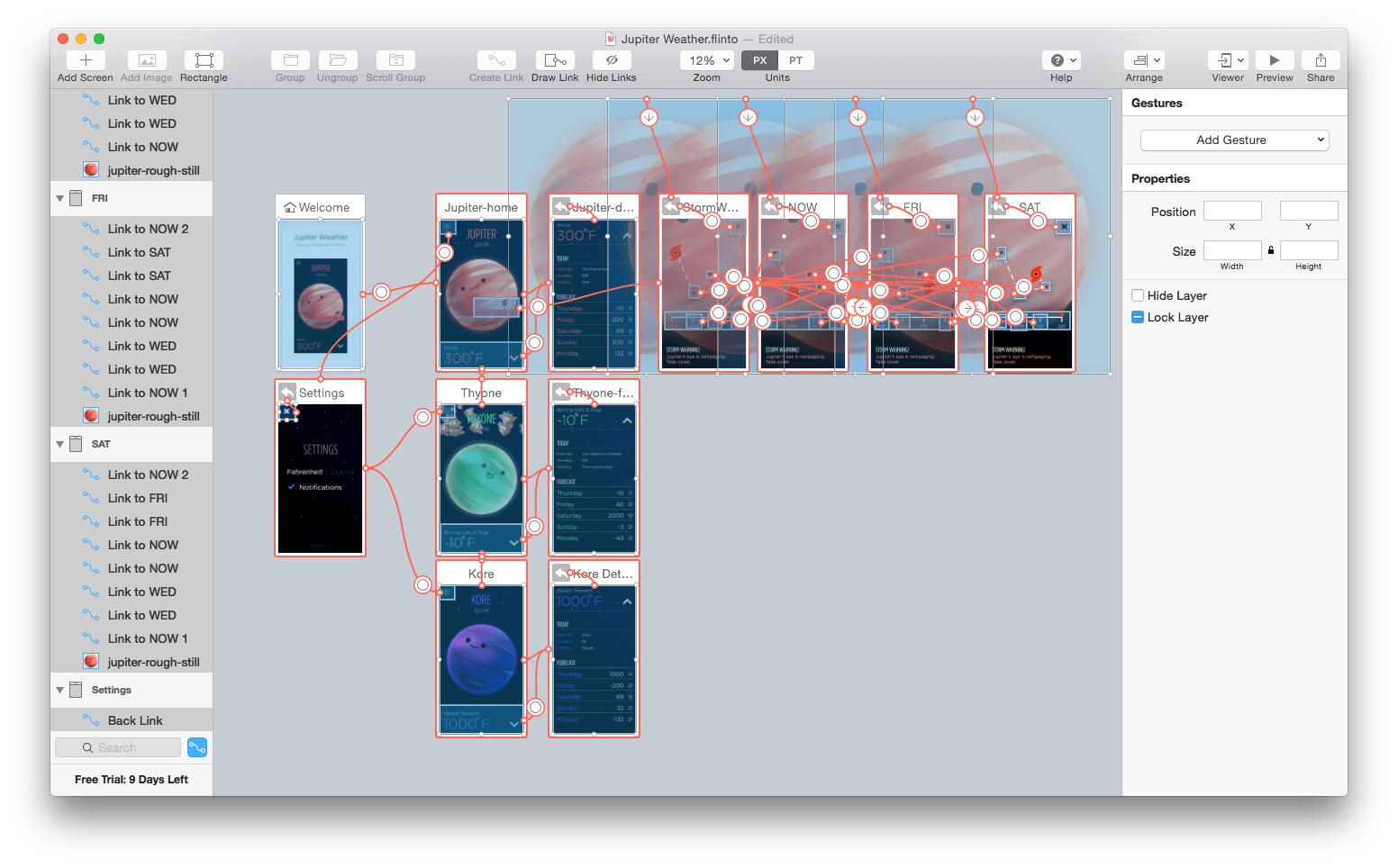
Though mobile penetration in India is high at around 78 per cent, only around 57 per cent of people in rural areas have access to mobile phones. As per data from a nationwide survey of villages conducted by the Ministry of Rural Development, only 47 per cent of households in the country received more than 12 hours of electricity a day, 33 per cent received 9-12 hours daily, while 16 per cent of the country’s household received only 1-8 hours of electricity a day. The rural-urban divide is even starker here - in rural households, this number stands at 14.9 per cent, while in urban households, this is 42 per cent.Īlso, only 8 per cent of homes have members with a computer and internet link.įurther, even in case of access to both, sustained electricity is another challenge. As per data from the National Sample Survey Office (NSSO), only 23.8 per cent Indian households have access to the internet. The online mode of education brought about by the pandemic has also widened the gap in learning between those who have access to digital devices and the internet and those who do not. Related read: The perils of helicopter parenting: Are you hovering around your child? A glaring digital divide Other edtech startups, such as Flinto, Unacademy, Vedantu, K-12 and Toppr, have also managed to raise fundings with investors wanting a slice of the online learning boom. A report by BARC India and Neilsen reveals a 30 per cent increase in the time spent on educational apps on smartphones.īyju’s, one of the biggest players in the ed-tech scene, saw an increase of 3x in the aftermath of the pandemic and subsequent lockdown. While other startups have been going bust or have seen their operations scale down drastically, edtech platforms have been reaping the benefits of the pandemic, with a surge in registrations and website traffic. Edtech companies lead the wayĪs per a Redseer and Omidyar Network India report, with the pandemic proving to be a game-changer, online platforms providing education for classes 1-12 are expected to increase 6.3 times by 2022, creating a USD 1.7 billion market. This, as per reports, has helped reduce aggression and has led to responsible parenting. Particular emphasis has been placed on the participation of fathers in the activities, to increase the bonding between them and their children.

The programme calendar, which has a set theme every month, and materials are disseminated by Anganwadi workers.Īpart from introducing activity-based learning and bringing in a special focus on staying safe during the pandemic, parents are also encouraged to involve children in simple household chores such as folding clothes or watering plants. The Odisha Government has also introduced a home-based curriculum for anganwadi children, called Ghare Ghare Arunima, which reaches out to parents to engage with children in a host of activity-based learning programmes. This hybrid version of real and digital classrooms may become a reality even after the threat of the virus is over, as schools, colleges, tuition centres and other educational institutions adopt tech-based solutions for education. Those who can afford to are providing their children with laptops, tablets and individual smartphones, while low-income homes which do not have access to computers or the internet are scraping together money to buy smartphones, many for the first time in their lives.


This shift to the online method of teaching has further increased the usage of smartphones in a country which is the second-largest smartphone market after China. While those schools that have the required infrastructure, are conducting interactive classroom sessions on conferencing apps such as Microsoft Teams, Google Meet and Zoom, others are communicating with students and sending classwork sheets and assignments through platforms such as WhatsApp. Image credit: Image by AkshayaPatra Foundation from Pixabay Digital classroomsĪcross the country, and in many parts of the world, schools and educational institutes have shifted their classrooms to the virtual world. The pandemic has changed schooling and education as we know it.


 0 kommentar(er)
0 kommentar(er)
